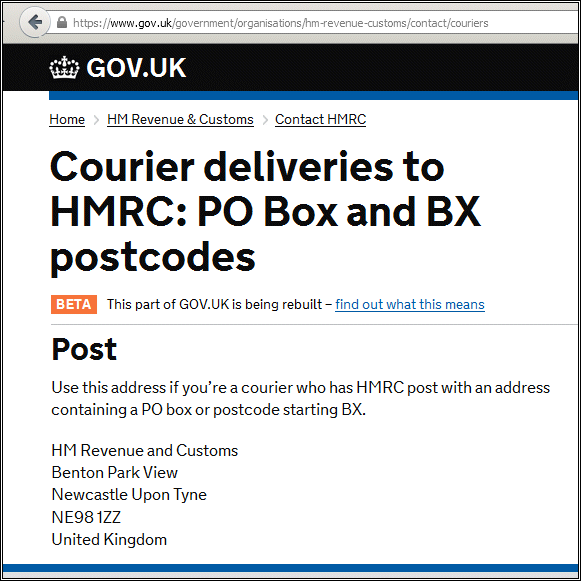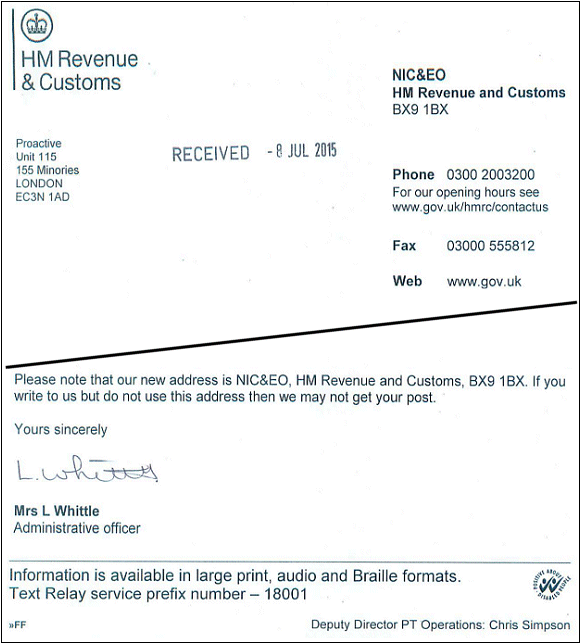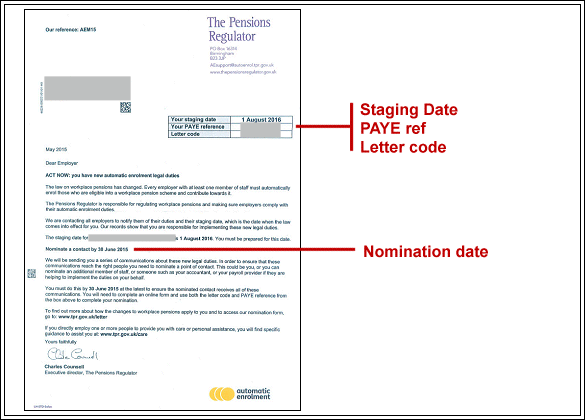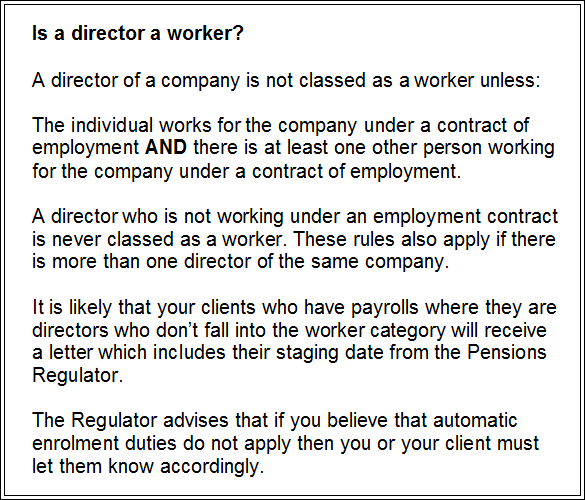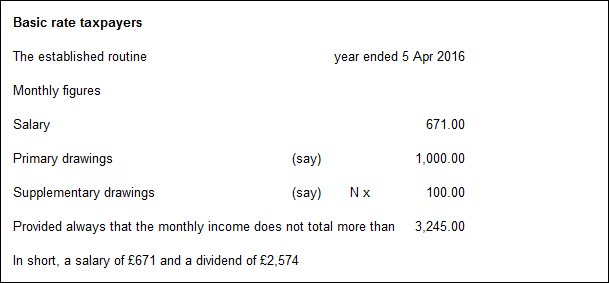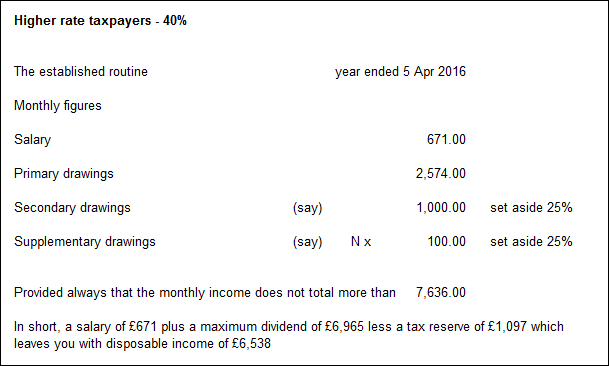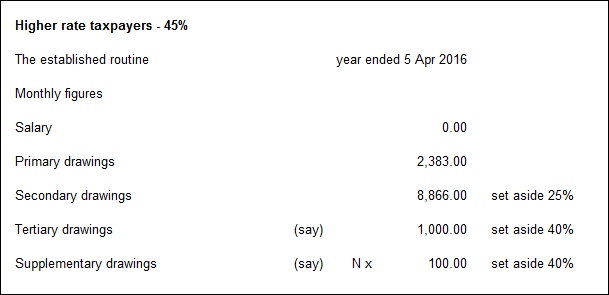Two new sets of rules come into force over the next few years.
No more “10% Wear and Tear” allowance
The allowance is being abolished. Starting on 6 Apr 2016, landlords who rent out furnished accommodation will no longer be able to claim the flat rate 10% allowance every year, and instead will be permitted only to claim the actual costs of like-for-like renewals and replacements.
Restriction of loan interest relief
Over a three year period, starting on 6 Apr 2017, the amount of tax relief you can claim for loan interest paid, will be gradually reduced so that by 6 April 2020 landlords who let out residential property (in their own name) will no longer be able to claim the full amount of loan interest relief.
Taken to extremes this may mean that you end up paying tax based on your gross rents, rather than on your rental profit. Let’s consider this hypothetical case of a property being let out in the 2020/21 tax year. We’ll assume that there is an annual income from rent of £25,000 and that the loan interest on an enormous mortgage also comes to £25,000 per year. For simplicity’s sake we will assume that there are no other allowable costs.
Under the current 2015/16 rules the loan interest of £25,000 is set against the rental income of £25,000 leading to a taxable profit of NIL and a tax bill of NIL.
Under the 2020/21 rules the loan interest of £25,000 is disallowed in full, meaning that the rental income of £25,000 (and the absence of other costs) will lead to a taxable profit of £25,000. Assuming a tax rate of 40% that potentially means an income tax bill of £10,000. And having used up your £25,000 of rental income to pay the lender the interest of £25,000 you are faced with a real profit of NIL on which HMRC can still legally demand tax. To soften the blow, there is a restricted relief (see table below) equivalent to basic rate tax relief. However, the result is a real tax bill of £5,000 on a real profit of NIL.
Nobody knows how you’re going to find a £5,000 tax payment if all the income was spent on loan interest!
Beware that some property web sites are saying that the “restricted interest relief” means that basic rate taxpayers won’t be affected. However, they will be affected if the amount of the “Taxable profit”, not the “Real profit”, takes them into the higher rates of tax (see table below). In the past, tax computations used the “Real profit” figure in order to work out which rate band you were in. From now on the legislation is changing so that the tax computations will use the “Taxable profit”.
That’s a subtle but important difference which some property web sites have failed to understand. To put it another way (and subject to transitional rules) your tax rate bands are now established before loan interest is factored in, rather than after loan interest is factored in.
Look carefully at the “real profit” line and the “taxable profit” line in this five year projection:
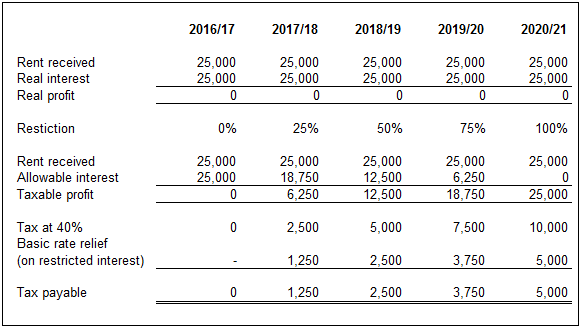
OK, so this is all hypothetical, but substitute your own figures into that table and you’ll see that almost all residential property landlords will end up paying more tax. The exception will be for landlords who already own a property outright and pay no interest. They will presumably already be used to paying tax on their rental income and will notice no material difference. And, any landlords with pitiful rental income and pitiful other income (who stay wholly within the basic rate band) will also be unaffected.
In the three intervening years 2017/18 and 2018/19 and 2019/20 the 100% withdrawal of the allowably of loan interest will be phased in, in 25% tranches, meaning that in:
- 2017/18– 25% of the loan interest is disallowed, with a basic rate tax reduction applied to that 25%
- 2018/19– 50% of the loan interest is disallowed, with a basic rate tax reduction applied to that 50%
- 2019/20– 75% of the loan interest is disallowed, with a basic rate tax reduction applied to that 75%
- 2020/21– 100% of the loan interest is disallowed, with a basic rate tax reduction applied to that 100%
There is no similar rule for companies which let out residential properties, and the current incarnation of the new rules applies only to individual landlords. As a result, landlords with an existing portfolio and who are likely to have additional tax to pay under the proposals have to consider how best to cope with this measure – whether to:
- Sell up, or
- Transfer the property into a limited company (which would involve paying Stamp Duty Land Tax and potentially Capital Gains Tax on the sale – as well as arranging a new mortgage), or
- Do nothing and pay any additional tax.
Beware that a number of Property Websites may now be offering solutions which lead to you incorporating a limited company. As things stand, that will mitigate the problem, but as things stand, there is nothing to prevent The Chancellor from applying similar rules to limited companies in his next Budget!
Lastly, with effect from 6 Apr 2023, landlords will have to provide quarterly reports of their income and expenses. That creates the paradoxical situation where the 2022/23 SA return will not be due until 31 Jan 2024 but the later “first quarter report” for 6 Apr – 5 Jul 2023 will presumably be due sooner, and most likely within one calendar month of the quarter end, meaning that it becomes due on 5 Aug 2023. That’s how quarterly VAT returns work, and we’re guessing that’s how “quarterly lettings returns” will work too.
Footnote 1
This report was modified on 4 Dec 2015 to show how the restricted interest relief works.
We also learnt on 4 Dec 2015 that major banks (and finance houses) are sufficiently worried by these new rules (and a possible loss of business), that they are looking at ways to facilitate landlords to move from private ownership to corporate ownership of residential properties. There are no “products” on the market yet, but they may come.
Footnote 2
This report was modified on 22 Jul 2020 because HMRC has delayed the implementation of MTD for landlords to 6 Apr 2023.



